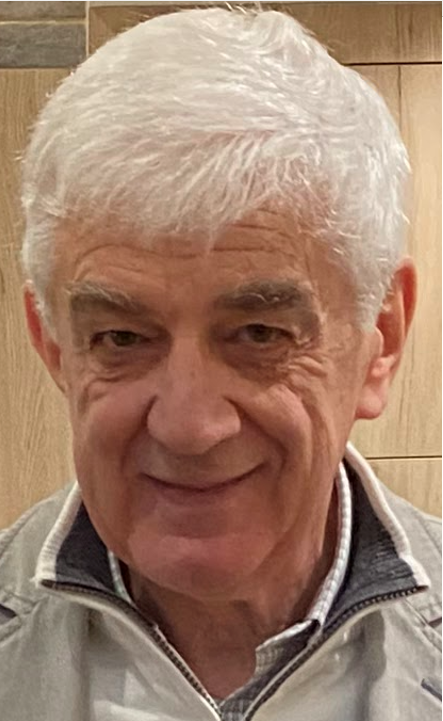
Online Lecture #4
🎙️ Speaker: Prof. Dr. Andrew Gordon, Columbia University
📅 Date: Thursday, 20th November 2025
⏰ Time: 16:00-18:00 CET
🖥️ Link to join
Topic: Translating Neuromotor Research into Pediatric Rehabilitation
Cerebral palsy (CP) is the most common pediatric physical and neurological disorder. It refers to a group of permanent disorders affecting the development of movement and posture, resulting in activity and participation limitations. Historically, treatment approaches focused primarily on remediating impairments with little expectation for improvement in motor function. However, our early research on prehension demonstrated that upper extremity function can indeed improve with significantly more intensive practice than what is required for typically developing children. This discovery laid the groundwork for intensive, motor learning–based interventions.
Our lab, along with others, has demonstrated the efficacy of several intensive treatment approaches. These interventions emphasize active movement and aim to enhance functional outcomes rather than simply normalize movement patterns. In this presentation, we summarize the current state of the science behind effective rehabilitation strategies, as well as neural predictors of treatment response and the role of neuroplasticity in driving motor improvements.
Despite their proven efficacy, intensive therapies require high treatment dosages that are often challenging to implement in clinical settings. These therapies are time-consuming, and demand significant resources in terms of personnel, training, and service delivery restructuring. Consequently, they are often expensive and not fully covered by health systems. As a result, access to high-dose therapies remains limited.
In this context, we synthesize current evidence for adjunctive strategies aimed at enhancing motor outcomes in children with CP. These include home- and school-based training, alternative dosing models, recreational physical activities, and non-invasive brain stimulation techniques to facilitate motor learning.



